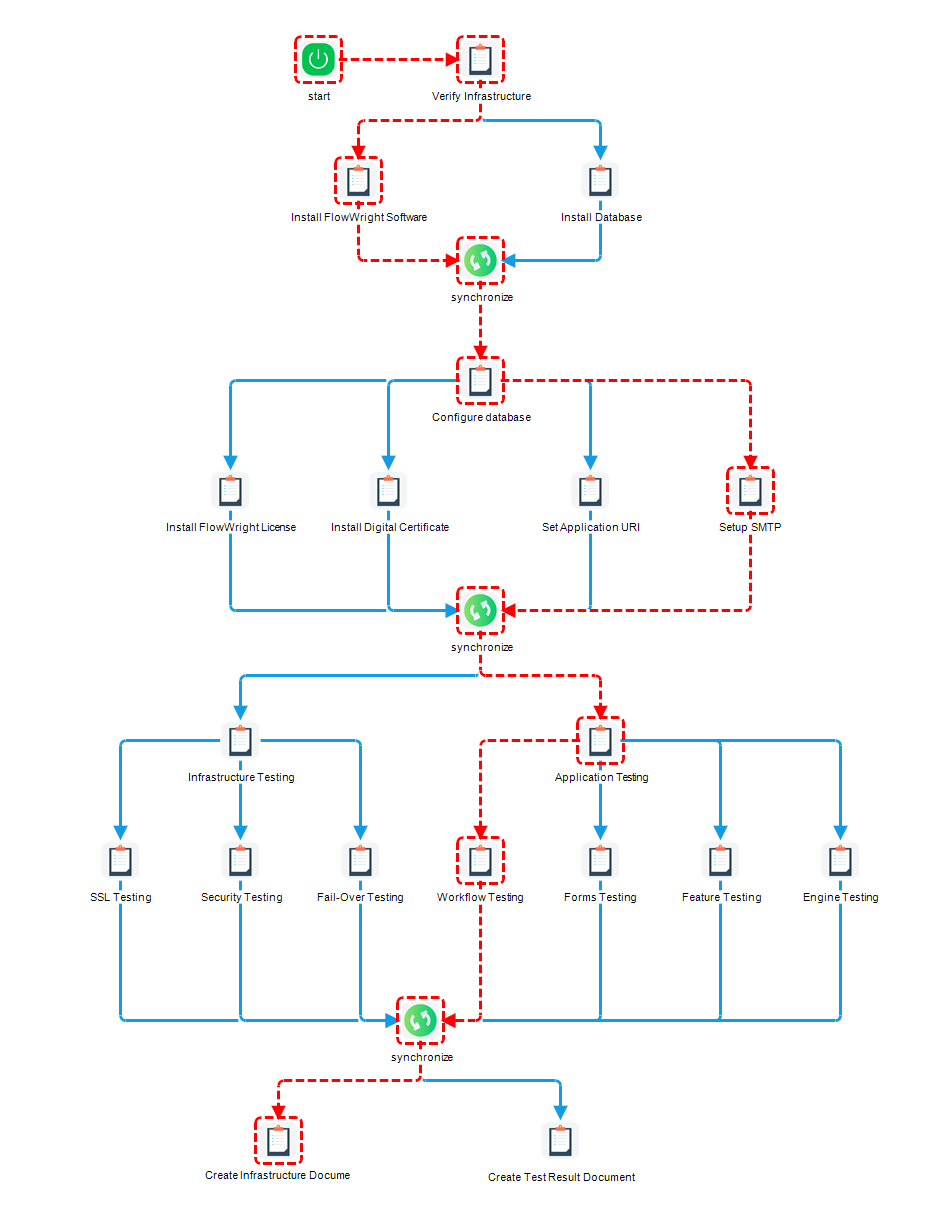In today's fast-paced business environment, organizations are constantly looking for ways to increase efficiency and productivity. One key way to achieve this is through automation, which can help streamline repetitive and time-consuming tasks. However, automation is not just about automating individual tasks, it's also about automating the entire process. That's where workflow management comes in.
Workflow management is the process of designing, implementing, and monitoring the flow of work within an organization. It ensures that tasks are completed in the correct order, by the right people, and in a timely manner. By integrating workflow management capabilities with automation technology, organizations can achieve even greater efficiency and productivity gains.
Integrate FlowWright and UiPath
One powerful combination for workflow management and automation is the integration of FlowWright and UiPath. FlowWright is a workflow management platform that allows users to easily design and manage automation processes using a drag-and-drop interface. UiPath, on the other hand, is a leading Robotic Process Automation (RPA) platform that enables organizations to automate repetitive tasks across various systems and applications.
When these two technologies are integrated, organizations can achieve a number of benefits, including:
- Streamlined automation design and management: FlowWright's user-friendly interface makes it easy to design and manage automation processes, even for non-technical users. This, in combination with UiPath's powerful automation capabilities, allows organizations to quickly and easily automate tasks and processes.
- Improved process visibility and control: FlowWright's ability to track and monitor automation progress and metrics allows organizations to gain greater visibility into their automation processes. This, in turn, enables them to make data-driven decisions to improve process efficiency and productivity.
- Better compliance and governance: FlowWright's governance and compliance features can be used to ensure compliance with internal and external regulations, as well as to control access to automation processes. This is especially important when automating sensitive tasks and processes.
- Enhanced decision-making: FlowWright's ability to handle complex branching and decision-making in automations, in combination with UiPath's advanced RPA capabilities, allows organizations to automate more complex processes and make better decisions.
- Greater flexibility and scalability: FlowWright's ability to integrate with a wide range of enterprise systems and applications, in combination with UiPath's scalability, allows organizations to easily connect their automation processes with various business systems and data sources, increasing the flexibility and scalability of their automation efforts.
- Better human-in-the-loop workflows: FlowWright's ability to handle human-in-the-loop workflows can be used to ensure a smooth handoff between UiPath automations and human workers, allowing organizations to automate processes that require human input or decision-making.
Benefits of Integrating Systems
Another key benefit of integrating FlowWright and UiPath is the ability to automate repetitive and time-consuming tasks. By automating these tasks, organizations can free up valuable human resources to focus on more strategic and value-adding activities. This can lead to increased productivity and improved business outcomes.
In addition, integrating FlowWright and UiPath can help organizations to automate processes that span multiple systems and applications. This is particularly useful for organizations that rely on multiple software systems to manage their business processes. By integrating these systems, organizations can achieve greater process efficiency and reduce the risk of errors.
Moreover, FlowWright's reporting and analytics capabilities can provide organizations with valuable insights into the performance of their automation processes. This can be used to identify bottlenecks, track progress, and measure the success of automation efforts. This data can be used to continuously improve the performance of automation processes, leading to increased efficiency and productivity over time.
Additionally, FlowWright's user-friendly interface makes it easy for non-technical users to design and manage automation processes. This means that organizations can empower more people across the business to automate tasks, which can lead to greater process ownership and buy-in from employees.
Finally, it's worth mentioning that the integration of FlowWright and UiPath can be done easily, and it can be accomplished without requiring a major overhaul of existing systems. This can be done by using the APIs provided by both platforms, which allows for seamless integration.
In conclusion, integrating FlowWright and UiPath can provide organizations with a powerful toolset for automating processes, increasing efficiency, and improving productivity. The integration is easy to accomplish, and it can be done without requiring a major overhaul of existing systems. With this integration, organizations can streamline repetitive tasks, automate processes that span multiple systems and applications, gain valuable insights into the performance of their automation processes, and empower more people across the business to automate tasks.
Keep reading our blog for our latest business tips, and connect with our team to see how easy it is to manage your workflow with FlowWright!







